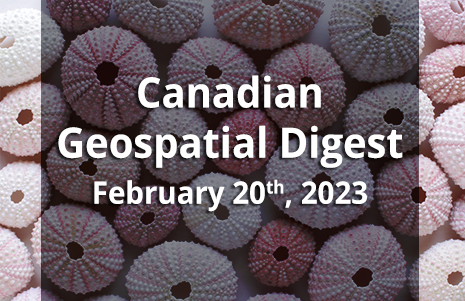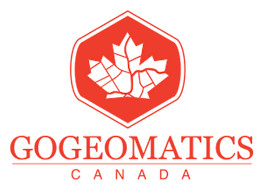
-
City of Guelph chosen Canadian city to lead development of next-generation emergency services database
-
First Nations say traditional knowledge should help shape federal flood maps
-
Sea urchins on the move
-
How Ecopia AI’s Maps Are Making Sense of a Changing Planet
-
Breaking the ice with ease
City of Guelph chosen Canadian city to lead development of next-generation emergency services database
The City of Guelph and Esri Canada have been partnered for a next-generation emergency services geographic information system (NG9-1-1 GIS) project supported by the Canadian Safety and Security Program; a federal program led by Defence Research and Development Canada’s Centre for Security Science, in partnership with Public Safety Canada.
This partnership with about 1 million of federal grant funding aims to develop the NG9-1-1 GIS database to assist in emergency response times decrease in Guelph and other Canadian communities. The database development will bring more precise patient and incident location details as well as call-routing information Read more here.

First Nations say traditional knowledge should help shape federal flood maps
Flood hazard maps are crucial for understanding the risk of flooding in a community. However, many of them are not available or updated in Canada. The Government of Canada is spending about 64 million on its Flood Hazard Identification and Mapping Program (FHIMP) project with a perspective to improve Canadians’ resiliency in flood circumstances and other climate-related disasters.

Acosys, an Indigenous consulting firm contracted by Natural Resource Canada has recently held a workshop to engage the First Nations in flood mapping procedures and policies. A councillor of Kinonjeoshtegon First Nation believes that the elders’ knowledge of living on the land including monitoring animal activities which helps forecast the upcoming climate disasters should be incorporated into the flood mapping guidelines. Read more here
Sea urchins on the move

How Ecopia AI’s Maps Are Making Sense of a Changing Planet
Hyper-accurate maps are demanded more than ever due to the big and fast changes happening around us including the warming climate and growing urban areas. Policymakers and planners require high-resolution imagery in the process of decision-making for more precise predictions and better solutions for world problems.
A Toronto tech company, Ecopia AI, is an expert in producing highly accurate digital charts with high-resolution satellite, aerial and street-view images using artificial intelligence (AI).
The company is on a mission to build a virtual replica—or digital twin, in tech-speak—of the entire planet that “reflects every detail of the real world and changes as they happen.”
Ecopia’s co-founder and president, Jon Lipinski
Read more here

Breaking the ice with ease
Equipped fleets with icebreakers are crucial to break the ice and clearing the path for other vessels. For the protection and performance of ice operations improvement and carbon footprint reduction of fleets, especially in heavy ice conditions the Canadian Coast Guard and National Research Council of Canada are evaluating the Coast Guard’s icebreaker Henry Larsen with an air bubbler system.
C-CORE was contracted by the National Research Council of Canada to assist in current and future projects. This company is an expert in ice and geotechnical engineering as well as remote sensing. Read more here






Be the first to comment